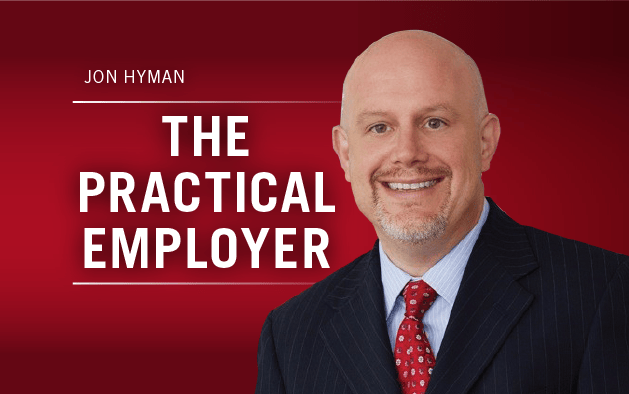When you hear about a smart mirror, you think it’s a future endeavor. Then you hear it’s a real thing happening right now, and others have created similar tools — like HiMirror, a smart mirror that tracks your skin health. Or the one with a personal and business application — MirroCool, a personal assistant smart mirror and camera.
When I got an email about MirroCool, which uses facial recognition technology and keeps track of your calendar events and to-do lists, my mouth dropped. Not because it sounded like the next technology people would be grabbing,
but because it sounds like a choke on our increasingly shrinking private lives outside of technology.
MirroCool is the creation of the company’s founder and CEO Wojtek Kaszycki, who worked in business and investment in Poland for more than 20 years. Given his wide expertise in IT, consulting and finance, he set out on a new adventure to create the smart mirror that also acts as a personal assistant.
The advanced facial recognition system makes it a selling point and no longer seems like something you’d find in a futuristic film. But while it also seems convenient for organizing your day, taking selfies with friends and reading your face, it feels more like just another thing to connect to all of our devices and does not sound like it will improve any productivity, as it is meant to do.
Kaszycki begs to differ, and said the mirror is compatible with organizational apps on smartphones you use daily to sync up and provide all the information you need for your morning routine.
“What is the perfect personal assistant? A person or device that gives you information when you want and when it is done in a way that you don’t lose your time,” Kaszycki said.
Sure, efficiency is key, but having a mirror in my bathroom still sounds invasive. While it can be placed anywhere you wish — whether that is in the bathroom, in the living room or in an office space, the bathroom is getting the most points in terms of advertisement for the mirror’s locations.
It knows all my information and can tell me what I need to know based on smiles or frowns, but I don’t want to be bombarded with all my daily tasks first thing in the morning. When I am doing my hair — or the seldom occasion that I wear makeup — the last thing I want is to see bubbles of information blasted back at me from my reflection. How many productivity hacks do we need these days?

Kaszycki hopes for just one in the future and sees the mirror as a one-stop memo. Technology is becoming more intelligent and is ever-changing; mirrors will always be a necessity, he said.
“MirroCool is safer and more secure than a regular smartphone,” he said. He reasons that smartphones connect to the internet, whereas the mirror is connected to just the MirroCloud, which does not store personal data but rather numbers from face recognition vectors. If the cloud were to be breached, hackers would not be able to connect the numbers to specific people.
Kaszycki also shared that you can turn the camera off for more privacy and always need to turn it on manually to take a photo. He said privacy is the biggest concern of his customers, but hearing these features did calm me down about user safety, although not enough to use a MirroCool.
I asked my friends and coworkers if they shared my same opinion, and they all felt similarly terrified of the addition of a smart mirror in a sacred place like the bathroom. With all the increased tech in our lives, meditation and yoga are seeing an uptick in our generation who want to get away from all the screens — myself included. Picking up a fiction book rather than reading online or watching the real sunset instead of it being through a screen is so much more meaningful these days; even at work, people are adapting to methods of not being so “on” all the time.
Although one could put the mirror in the hallway or even a workspace for communal use, the tools we already have — our smartphone, computer, smart watches and even tablets — help people manage their lives, stay productive and remind us to send flowers to grandma. Having a mirror at work to ping us for meetings or work-related events is a waste of wall space; we already have our computer and phone beeping at us constantly.

My skepticism might be small in the target audience of the product. MirroCool Inc. launched its smart mirror on Kickstarter on July 11 to an anxious crowd ready to get their hands on the new personal assistant. By day two, the campaign had reached its backing goal of $50,000. Currently, it stands at over $68,000 with 15 days to go. Kaszycki said he hopes to reach between $500,000 and $700,000, and most of the backers are from the U.S.
I am struggling to find out who would want a selfie-taking-assistant mirror in their sacred space or how it would amplify their lives, but the campaign shows that there’s clearly a market for this new item. While I cannot foresee myself ever using it, I can reach to see the appeal of a mirror that takes that perfect selfie you want when you are looking back at yourself. I, like so many these days, am not ready to jump into the immediate future; sticking with a cell phone that tells me the weather and reminds me to check my laundry is innovative enough.
Ariel Parrella-Aureli is a Workforce intern. Comment below or email editors@workforce.com.









 As a journalism student who had never heard of employee benefits or HR or consulting, I was drawn to benefits because of the complexity and challenge of making sense of such meaty topics. But I soon discovered a much deeper sense of purpose in this work — and that purpose has kept me both in benefits and incredibly passionate about this industry.
As a journalism student who had never heard of employee benefits or HR or consulting, I was drawn to benefits because of the complexity and challenge of making sense of such meaty topics. But I soon discovered a much deeper sense of purpose in this work — and that purpose has kept me both in benefits and incredibly passionate about this industry.